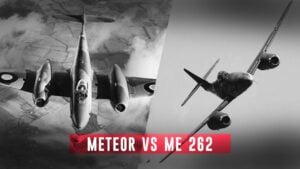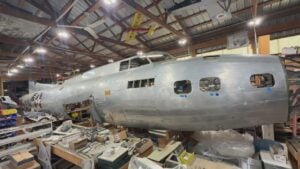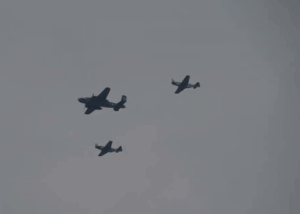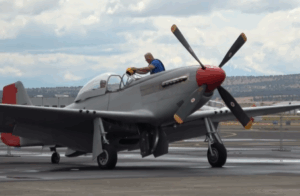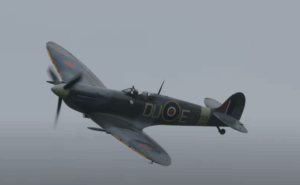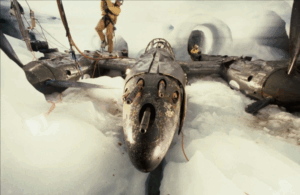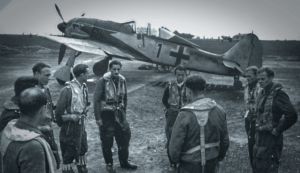The Deadliest Plane in History Will Shock You
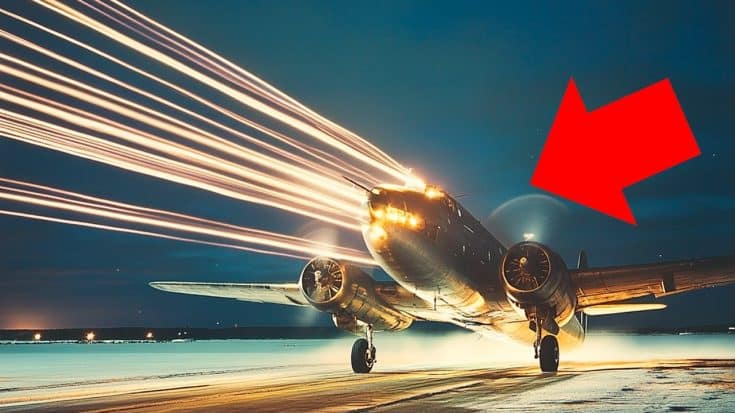
YouTube / Dark Skies
The Douglas C-47 Skytrain is a military transport aircraft that emerged from the civilian Douglas DC3. Since its inception, it has become the symbol of WWII logistics and airpower.
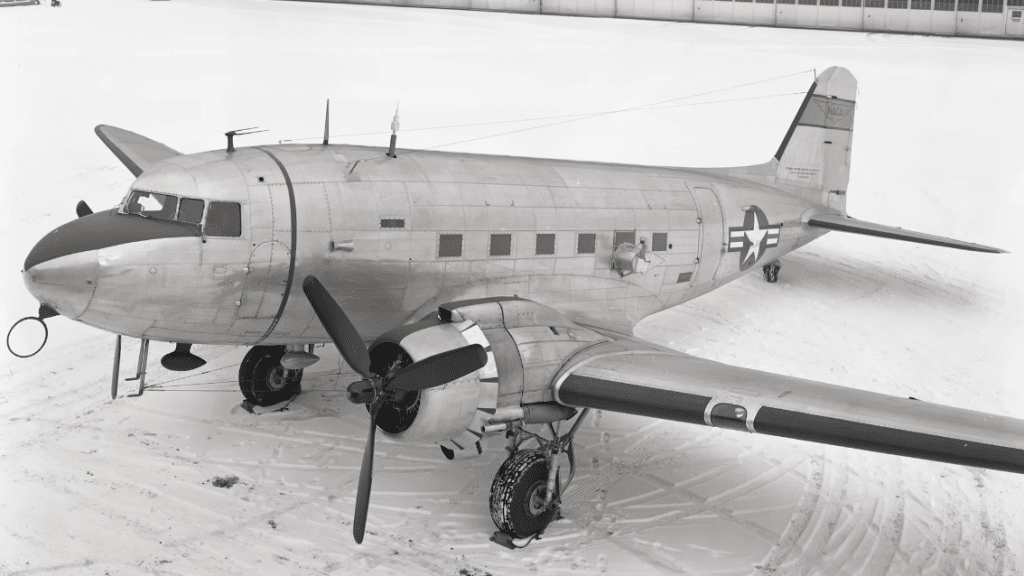
A Workhorse
The C-47 was implicitly modified for military use. It is equipped with reinforced flooring as well as cargo door modifications to support its role in troop and cargo transport, medical evacuation, as well as paratrooper drops.
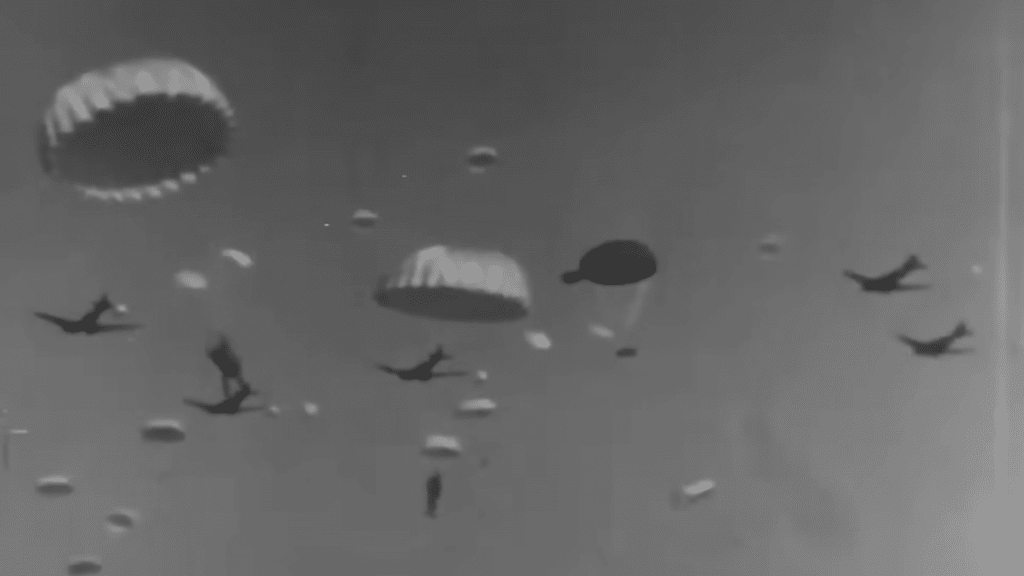
It measured about 63 ft. in length with a wingspan of 95 ft. and was powered by two Pratt & Whitney R-1830 twin wasp radial engines, each capable of producing 1200 hp. This allowed the plane to carry a maximum payload of approximately 6,000 lbs. or hold up to 28 troops with a cruising speed of 160mph and a range of 1,600 miles. The C-47 can effectively operate in different war theaters. Its reliably long range and good payload capacity made it the workhorse of Allied military efforts.
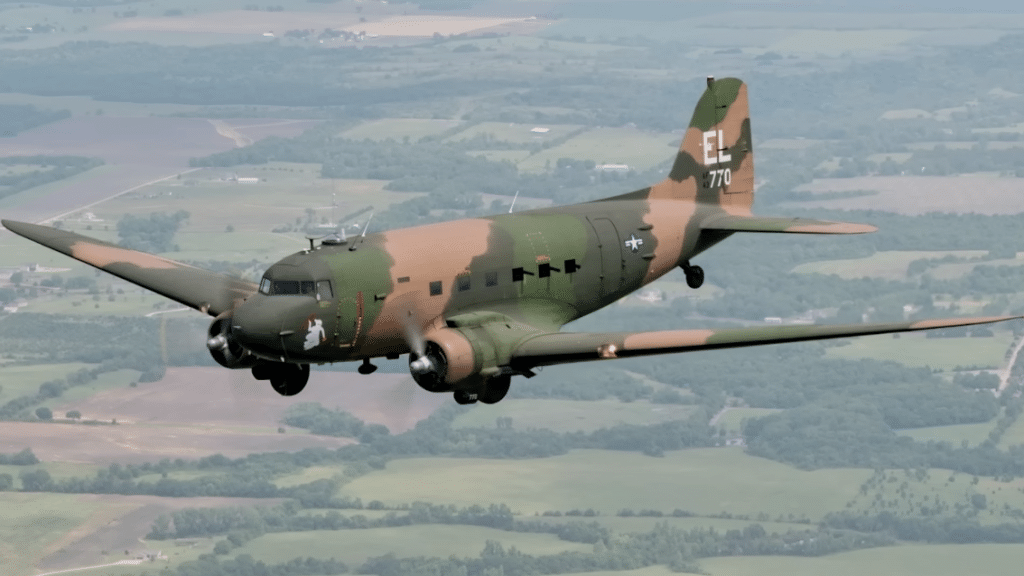
The C-47 was vital in significant operations such as the D-Day invasion and the Berlin airlift post-war. Its design made it easy to load and unload cargo and troops, making it less susceptible to gunfire while on the ground.
Entering Service
It wasn’t long before these versatile birds were swooping low over battlefields, their bellies opening to rain vital supplies down on troops below. By December 23, 1941, the first American C-47s officially entered service with the Army Air Force, spearheading new supply routes through the air transport command that started providing supplies to the Allies across India and China.
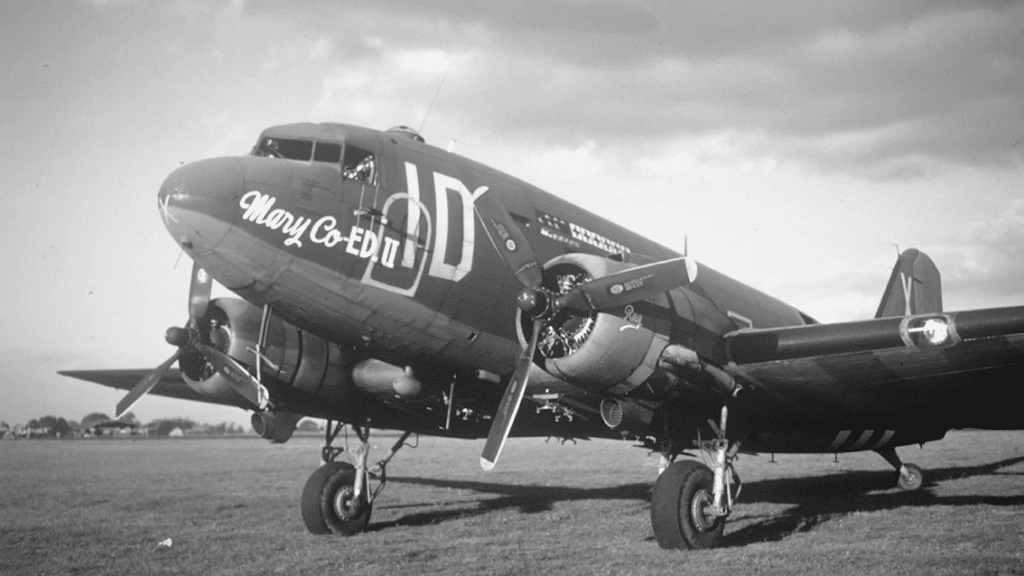
In early 1942, the Douglas Skytrain became an asset of the Australian allies, joining the Far East Air Force transport command and delivering troops and supplies to New Guinea and the Philippines. When the war in Japan escalated the C-47s were deployed as troop carriers deploying troops across the Pacific.
Vital for the War Effort
Even though the Japanese took over the majority of the Pacific for a time, C-47s and the bravery of its crew who dared to fly across the open ocean where swarms of Japanese aircraft operated became vital for the war effort.
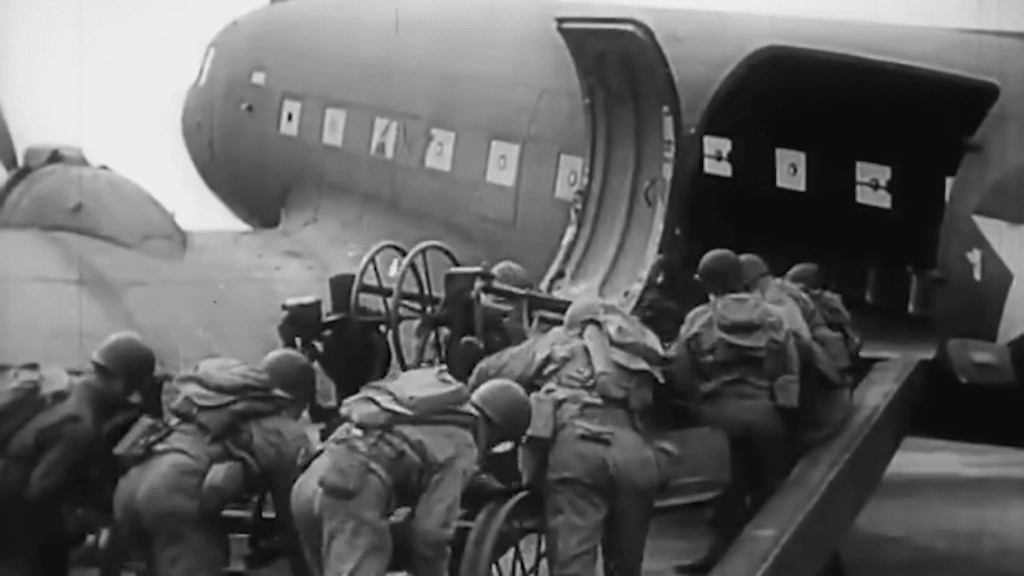
These early successes paved the way for new tactics built around the C-47s. For example, flight nurses were assigned to the Skytrains to take care of the wounded that were taken from battle before they arrived in hospitals in friendly territory. American C-47s also delivered thousands of supplies and weapons to Allied troops in China fighting the Japanese.
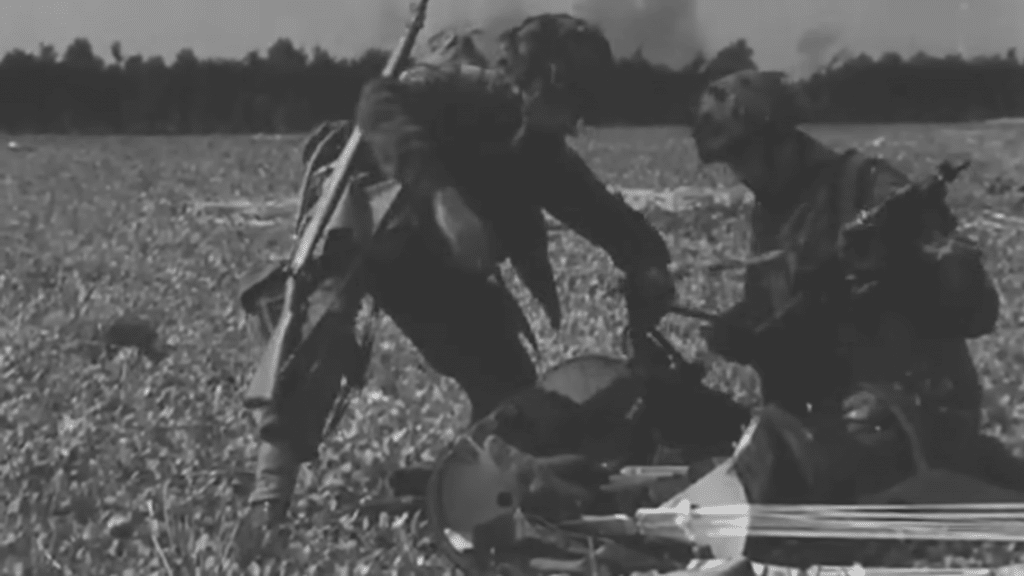
During D-Day on June 6th, 1944, hundreds of C-47s took with their mission to drop behind enemy lines paving the way to the most amphibious assault in history.
Becoming a War Machine
When the war was over, General Dwight Eisenhower paid the ultimate tribute to the C-47, ranking it alongside the Jeep, the Bazooka, and even the atomic bomb as one of the key tools that helped them win the war.
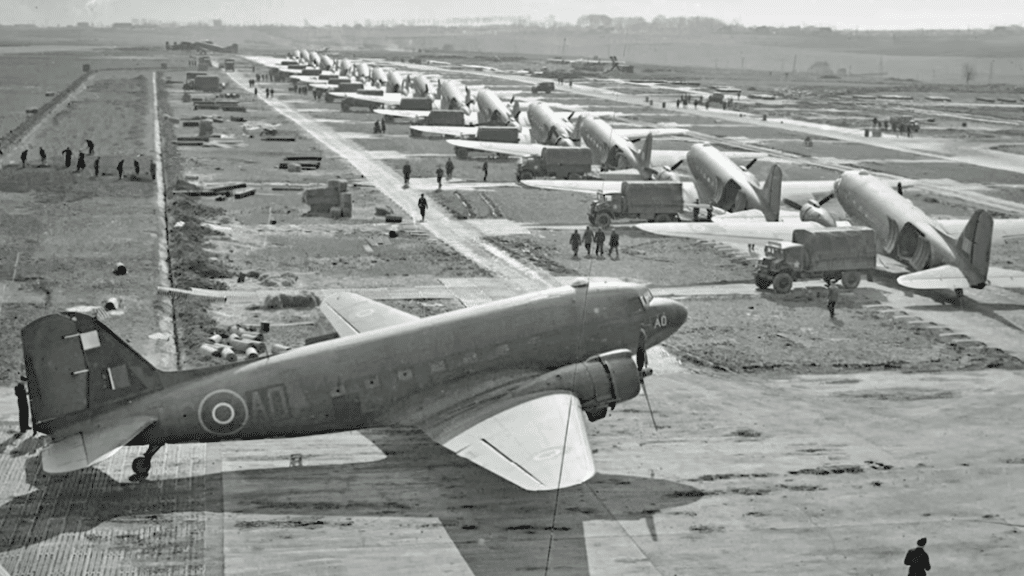
It was also used in the Cold War, and even new aircraft were in development in the 1950s, the aging yet reliable C-47 found itself again thrust in the Korean War delivering supplies, evacuating the wounded, and dropping paratroopers behind enemy lines, its versatility invaluable. During the Vietnam War, C-47s transformed into flying electronic surveillance platforms and centers for psychological warfare operations.














